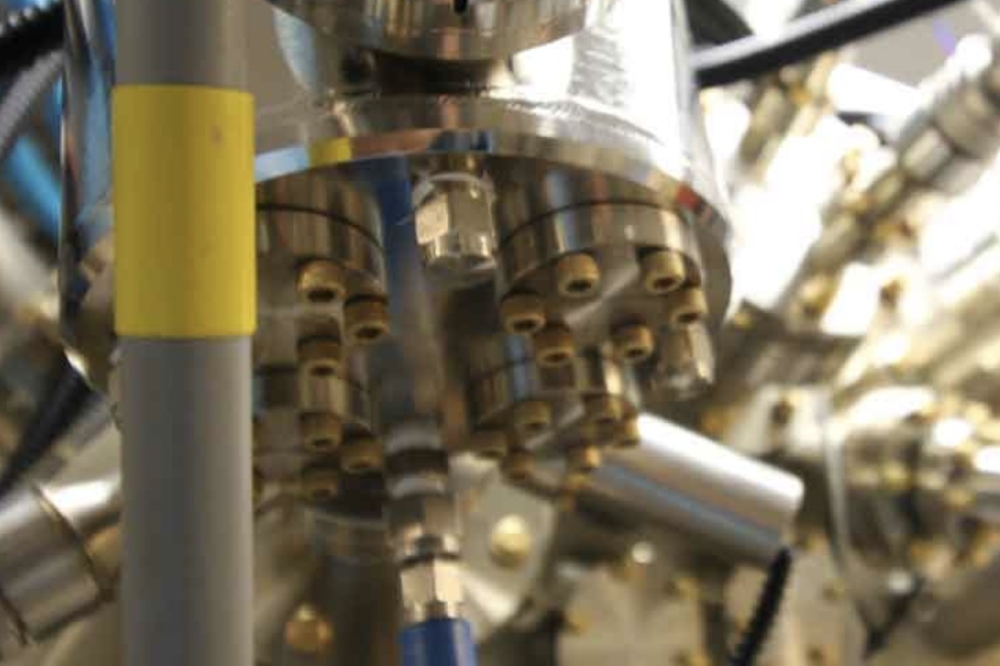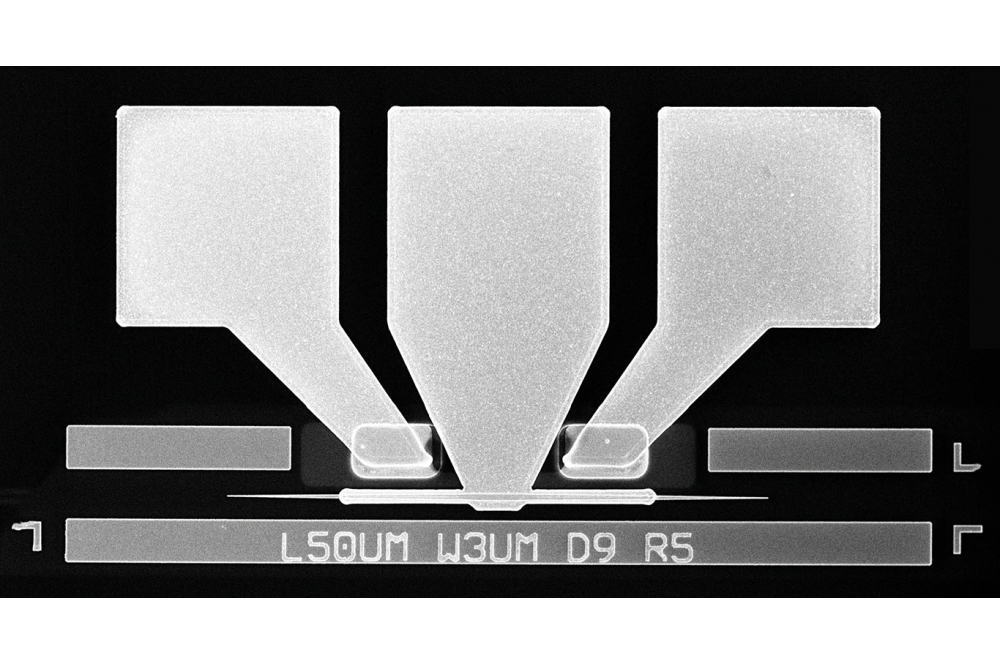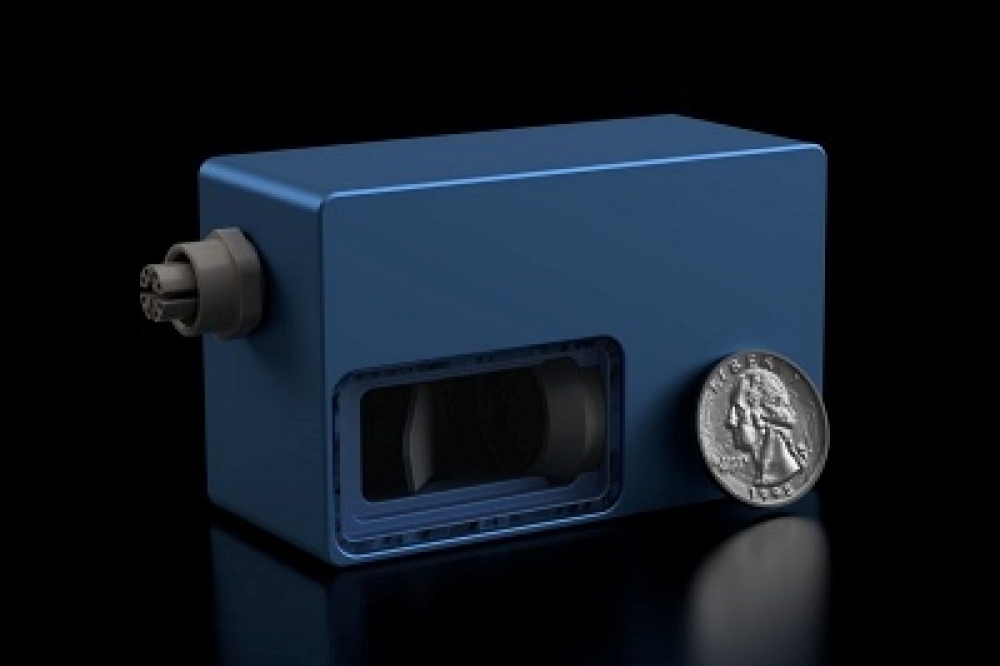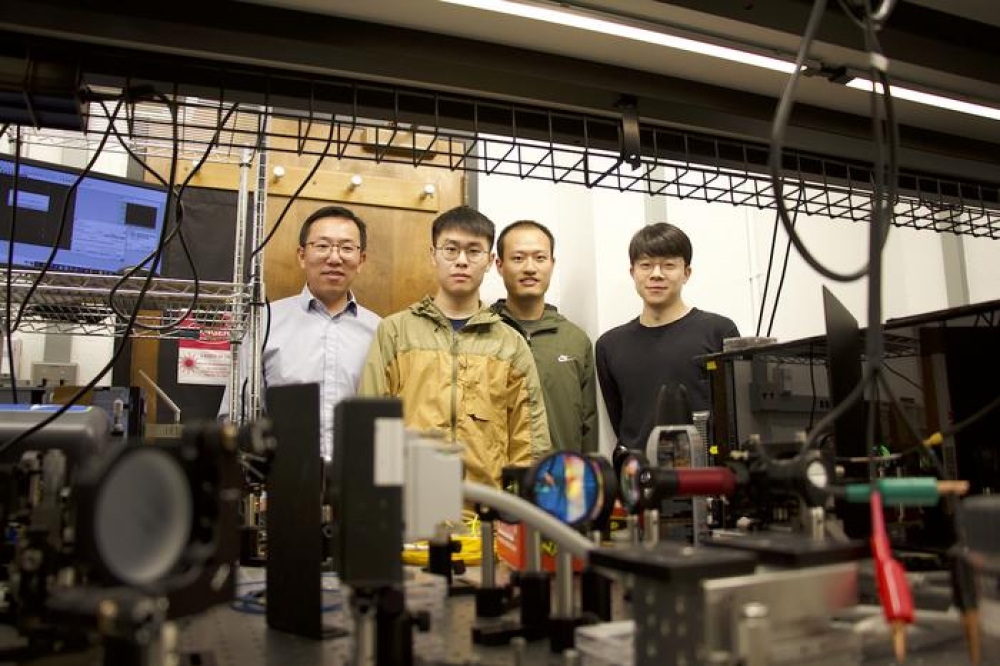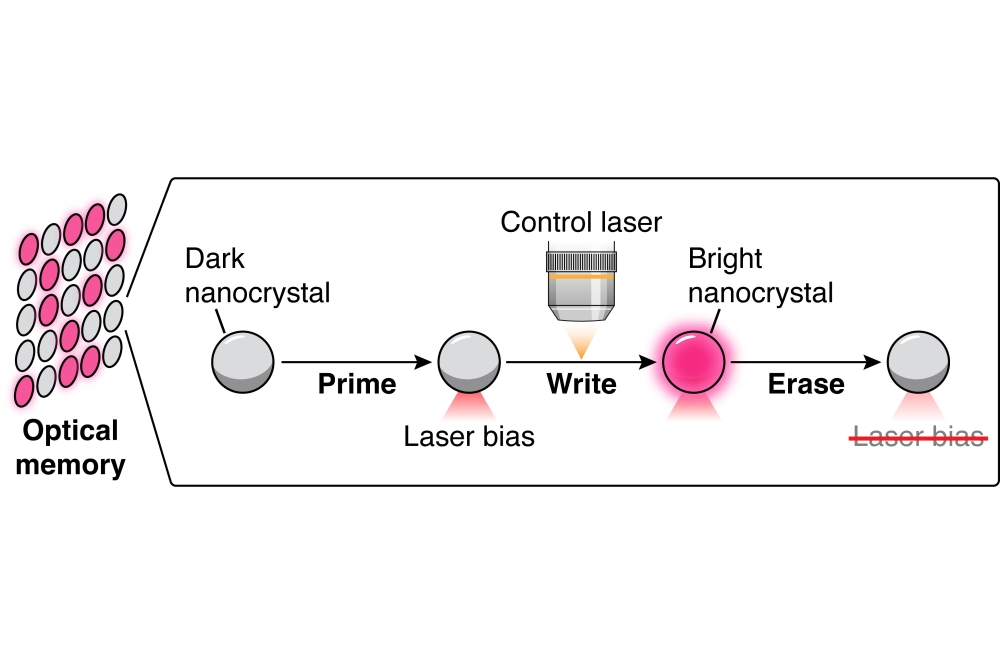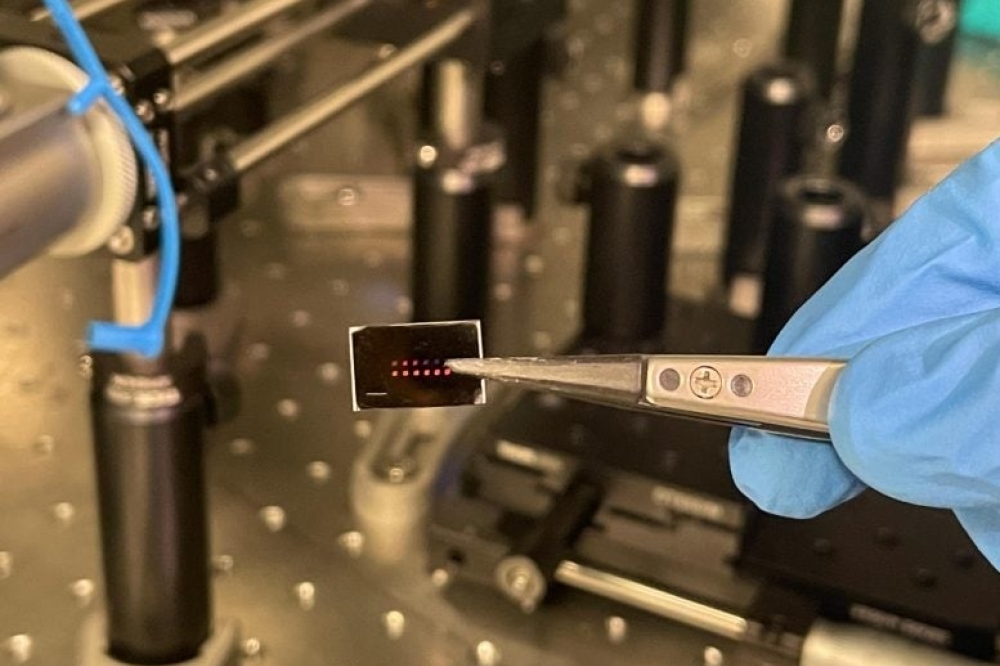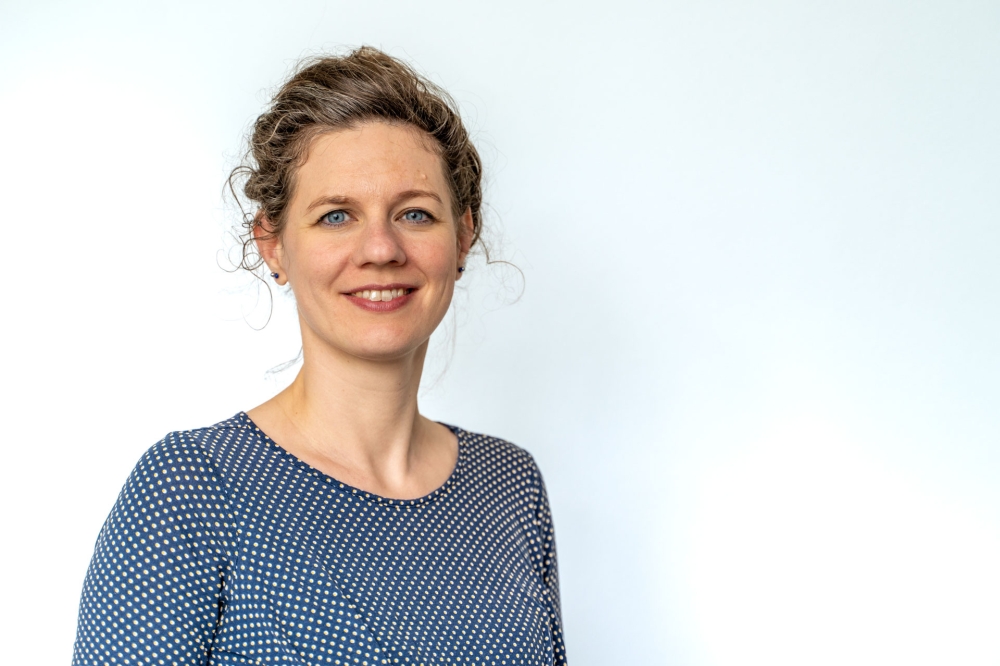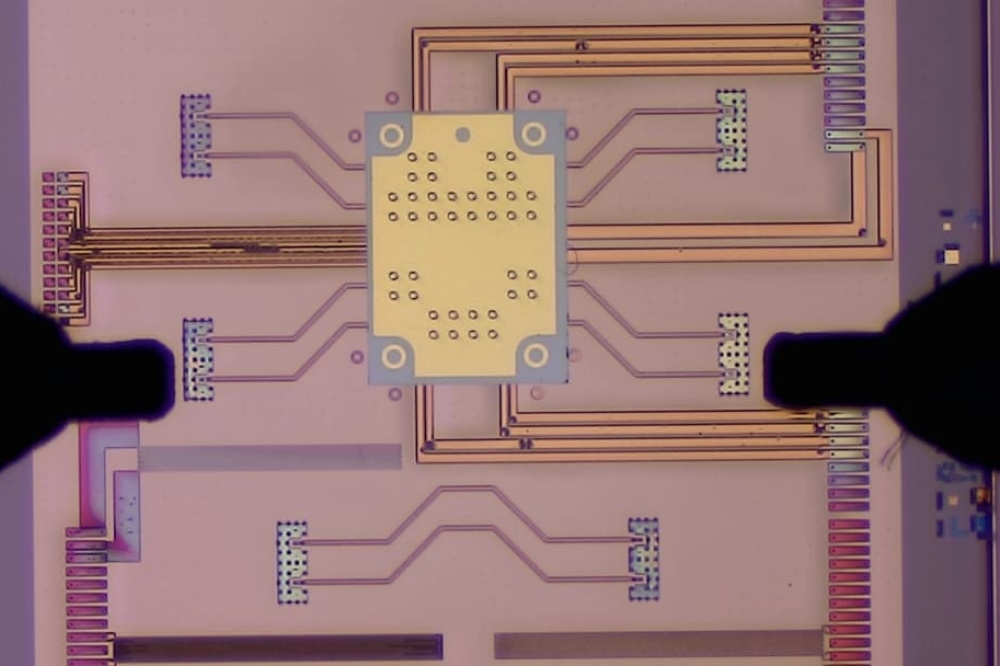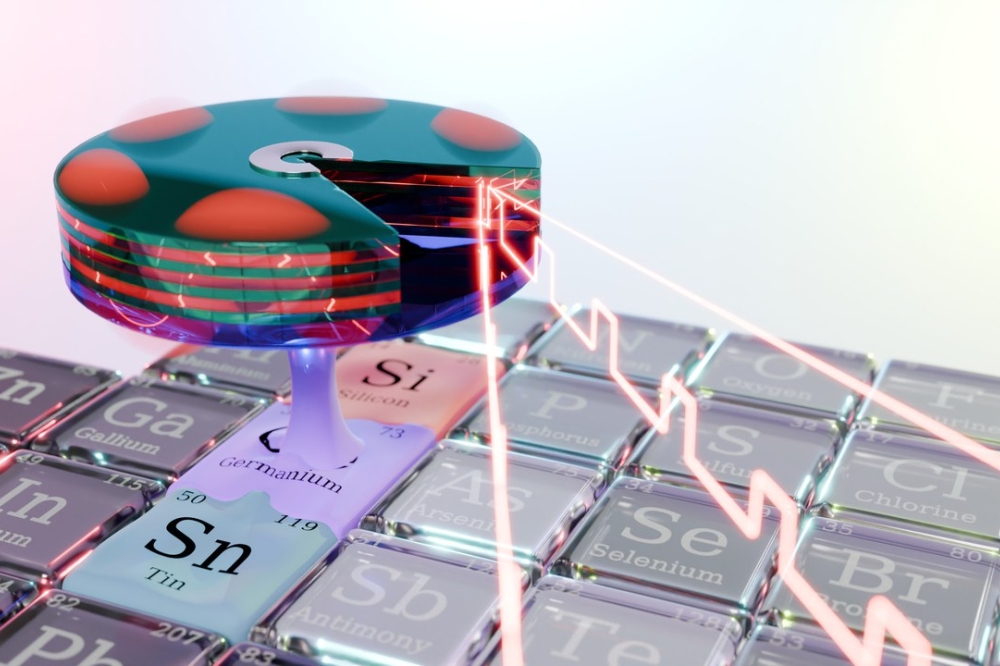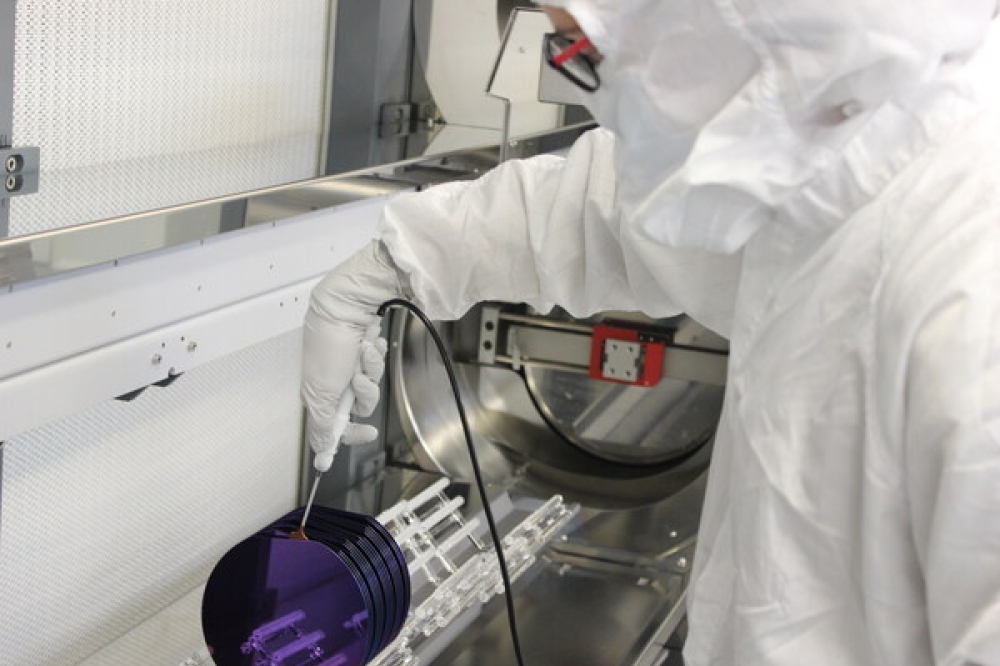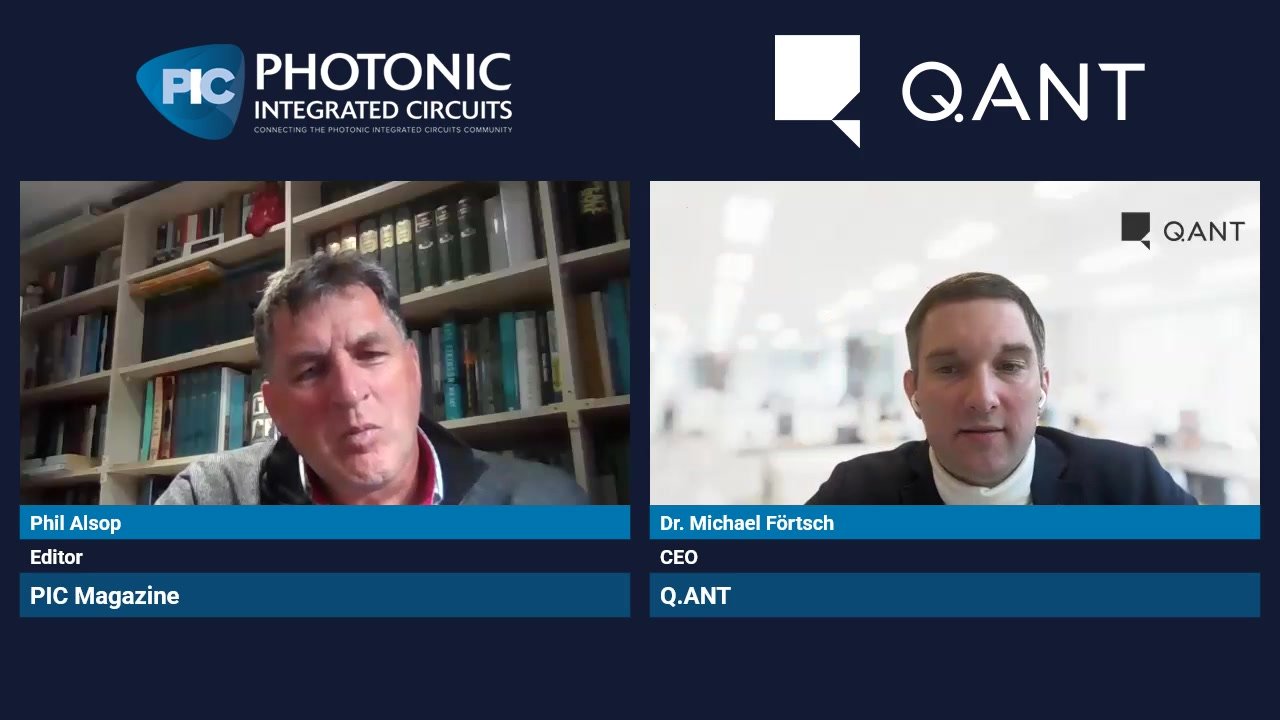NeoPhotonics adds Modulator and Receiver for 100+ Gbaud systems

Provides complete optical solution for 800Gbps and above data rates for single wavelength transmission
NeoPhotonics, a maker of photonic integrated circuit-based lasers, modules and subsystems for bandwidth-intensive, high speed communications networks, has announced the addition of Class 60 versions of its Coherent Driver-Modulator (CDM) and Intradyne Coherent Receiver (Micro-ICR) to its suite of high bandwidth coherent components designed to address the next generation of 100+ Gbaud systems.
These new Class 60 Coherent components extend the highest speed over distance performance of our existing Class 50 products by increasing the 3 dB bandwidth from 50 GHz to 60 GHz. The Class 60 suite is said to improve on the currently shipping Class 40 components, and allows increasing symbol rates from the current 64+ Gbaud rate to the higher 100+ Gbaud rates. These NeoPhotonics components work together to enable customers to implement single wavelength data transmission near one Terabit per second over datacenter interconnect (DCI) distances, and long-haul 400~500Gbps transmission.
Higher symbol rates increase data capacity while maintaining superior optical signal to noise ratio (OSNR) and reach performance, thereby enabling the highest speed over distance use. These new components are available in compact form factor packages suitable for use in pluggable modules and compact daughter cards. NeoPhotonics Class 60 CDM and Micro-ICR are mechanically compatible to their Class 40 counterparts, and are a natural upgrade path for achieving the higher symbol rates (100+ Gbaud) in order to support 800Gbps and above data rates per wavelength applications.
The Class 60 suite comprises two components. First there is the Class 60 CDM: NeoPhotonics Class 60, polarisation multiplexed, coherent driver modulator (CDM) features a co-packaged InP modulator with four linear, high bandwidth, differential drivers, and is designed for low V-Pi, low insertion loss and a high extinction ratio. The compact package is designed to be compliant with the form factor of the OIF Implementation Agreement #OIF-HB-CDM-01.0.
Second, there is the Class 60 Micro-ICR: NeoPhotonics Class 60 High Bandwidth Micro-Intradyne Coherent Receiver (Micro-ICR) is designed for 100+ Gbaud symbol rates, more than tripling the rate of standard 100G ICRs. The compact package is designed to be compliant with the OIF Implementation Agreement OIF-DPC-MRX-02.0.
These components are designed to work together with NeoPhotonics 'Nano' ultra-narrow linewidth external cavity tunable laser, which cuts the size approximately in half compared to current Micro-ITLAs, while featuring industry leading linewidth and low phase noise with low electrical power consumption.
“NeoPhotonics has supported our customers by being first to volume production of our products at each new speed node. We are pleased to now offer Class 60 coherent modulators and receivers, which along with our ultra-narrow linewidth external cavity “nano” tunable laser, provide a complete suite of components enabling customers to increase the data rate per wavelength to one Terabit and beyond,” said Tim Jenks, chairman and CEO of NeoPhotonics. “We are continuing to extend the bandwidth of our InP coherent integration platform to serve the highest speed over distance applications,” concluded Jenks.





